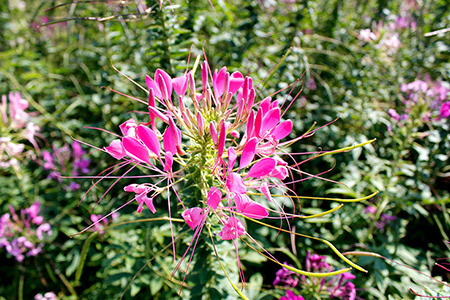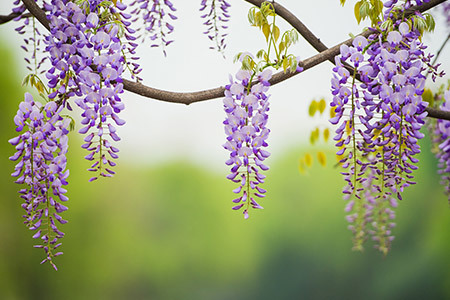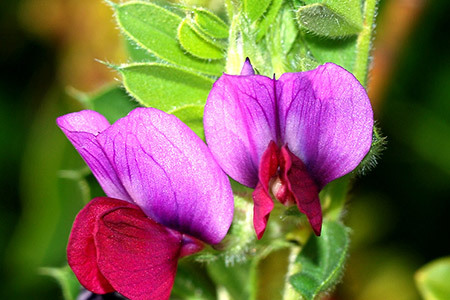Russian feed vegetables
Scattered planting in farmland, barren hills, around houses, and at the corners of fields. It enjoys sunlight and is also tolerant of shade. Planting it in orchards and forests has the effects of controlling weeds, conserving water, and increasing soil fertility.
Classification:
Forage and green manure seeds
Telephone:
Product Description
1. Advantages of Planting
1. No Regional Restrictions
It can grow in areas from -40°C to 40°C. It can be planted from south to north.
2. No Soil Requirements
It can be planted in farmland, barren mountains, and scattered places like in front of houses and corners of fields. It likes sunlight but can also tolerate shade. Planting in orchards and forests can help control weeds, retain water, and increase soil fertility.
3. Easy Management
The broad leaves can cover the ground, preventing weeds from growing. After each cutting, just apply some manure, and you can achieve high yields year after year.
4. Strong Reproductive Ability
A small segment of the thick stem of Russian feed vegetables can serve as excellent seedlings. One plant can reproduce more than 20 plants in the same year, and over 700 plants the following year.
5. Good Palatability
Chickens, ducks, ostriches, pigs, sheep, cows, rabbits, and grass carp all particularly enjoy eating it. It can be fed fresh, silaged, dried, or made into mixed pellet feed.
6. One-Time Investment
As a perennial plant, it can be cultivated once and used sustainably.
7. High Yield Champion
It can be cut 4 times a year in the north and 8 times in the south, with an annual yield of 30,000 to 50,000 kilograms per acre. It is the champion of high-yield forage crops.
8. Maximum Benefit
Calculating the planting of one acre of Russian feed vegetables, the initial investment in the first year is only a few hundred yuan, and the subsequent annual investment is minimal. It can meet the green feed needs of 7 cows, 45 sheep, 27 pigs, and 110 geese. When used to feed dairy cows, it can increase milk production by 8% to 12%.
2. Planting Techniques
1. Land Preparation and Fertilization:
Deep plow the land, applying more than 300 kg of organic fertilizer per acre.
2. Propagation Methods:
Mainly relies on asexual reproduction, with two methods:
(1) Clump Division Method: Cut vertically according to the number of buds on the root clump, each root can be cut into one seedling. New leaves can grow within a week after planting. This method is suitable for sufficient root stock or for trial planting before large-scale planting.
(2) Root Cutting Method: Cut roots with a diameter of more than 0.3 cm into 2 cm long segments; roots with a diameter of more than 0.8 cm into 5 cm long segments, then cut vertically into two parts, and thicker ones into four parts. The tops of very large root clumps can be cut into many thumb-sized pieces based on the number of buds. Dig a 3 cm deep trench in the seedbed, place the root segments horizontally in the trench with a spacing of 3*3 cm, cover with 2-4 cm of soil, and then lay straw or rice straw on top. Water regularly to keep the soil moist, and seedlings will emerge in about 25 days. When the seedlings reach half the height of a chopstick, remove the leaves and transplant them immediately, watering right after. The row and plant spacing should be 50*50 cm, using more than 5-10 kg of seed roots per acre. Planting can be done from March to October north of the Yangtze River, and year-round south of the Yangtze River. If intercropped with tall crops like corn, amaranth, or elephant grass, it can increase income and protect Russian feed vegetables from winter damage.
3. Winter Protection:
In extremely cold regions, it is best to store the mother roots in a vegetable cellar or bury them in a trench 120 cm deep during winter. In North China, before winter, plow deeply and mound the soil on the ridges or cover with straw to protect the roots. In areas south of the Yellow River, no special protection is needed.
3. Feeding Methods
1. Fresh Feeding
Russian feed vegetables are best fed in a fresh state. They can be mashed or made into vegetable paste mixed with bran for pigs, with each sow receiving 10-20 kg per day. When used as feed for chickens and ducks, it is best to cut during the flowering stage, or it can be made into "vegetable paste" or "grass slurry" mixed with bran.
2. Silage
When in bud and flowering, Russian feed vegetables can be silaged or mixed with silage. Mixing with green corn stalks, barley, oats, Sudan grass, and elephant grass can yield higher quality silage.
3. Hay Preparation
Russian feed vegetables have broad leaves and thin stems, making them easy to dry into hay. After crushing the hay, it can be made into grass powder for feeding pigs. When preparing hay, choose sunny days for cutting, spreading it out in thin layers to dry. It should be dried quickly to prevent discoloration and quality degradation. The leaves are fragile, so handle them gently after drying and store them when they become soft due to moisture in the morning and evening.
4. Other Uses
Key words:
Immediate consultation
If you are interested in our products, please leave your email, we will contact you as soon as possible, thank you!
Product recommend
RELATED INFORMATION
02
/
12
News dynamics
01
/
30
News dynamics
07
/
17
News dynamics
04
/
18
News dynamics
01
/
19
News dynamics
Urban greening is an important component of urban construction.







